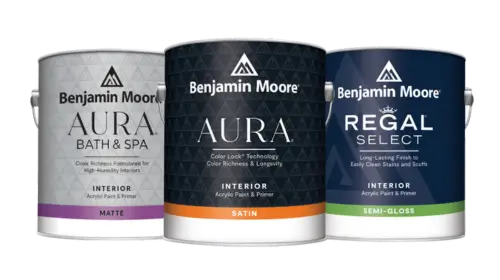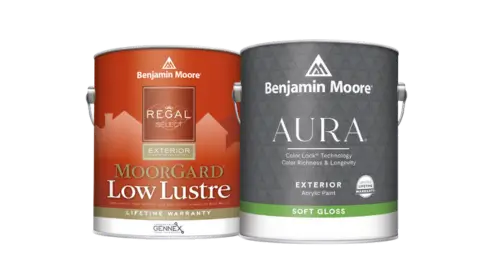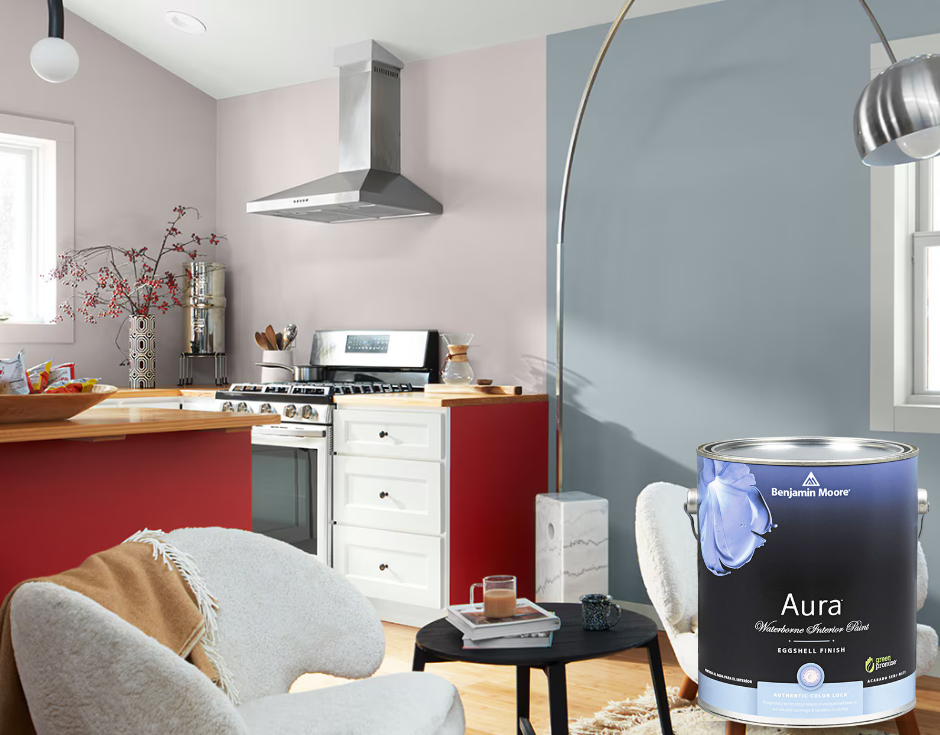In “Understanding Paint Color Families: How to Group and Choose Paint Colors for Your Home,” homeowners can discover how to confidently select shades that enhance the ambiance and aesthetic of every room. By exploring various paint color families, you can transform your spaces beautifully and cohesively.
What Are Paint Color Families?
Paint colors are categorized into families based on hue and saturation, typically grouped as warm, cool, neutral, and bold tones. Warm color palettes, such as reds, oranges, and yellows, evoke energy and coziness. Cool tones like blues, greens, and purples create calming, serene spaces. Neutral paint shades, including grays, whites, and beiges, offer versatile backgrounds perfect for layering paint tones. Bold color families feature vibrant, eye-catching hues ideal for accent wall ideas or dramatic statements.
The Role of Undertones and Color Groupings in Design
Every paint shade has undertones—subtle hues beneath the main color—that significantly influence perception. Interior designers strategically use undertones in analogous, complementary, and monochromatic color groupings. Analogous color groupings involve neighboring shades on the color wheel, providing harmonious transitions. Complementary colors are opposite each other on the wheel, creating visually dynamic contrasts. Monochromatic schemes rely on variations of a single hue, offering depth through subtle differences.
How to Use the Color Wheel When Choosing Paint Colors
Using color wheel basics helps homeowners navigate interior paint color schemes effectively. The color wheel visually demonstrates relationships between hues, aiding in achieving balance and harmony. For example, complementary colors like Benjamin Moore’s Hale Navy paired with soft whites offer stunning contrasts. Analogous schemes featuring Benjamin Moore’s greens and blues blend seamlessly, ideal for peaceful bedrooms or bathrooms.
Matching Paint Colors Room by Room
Selecting coordinating paint colors room-by-room ensures a cohesive look that aligns with lighting and desired moods. Warm hues, such as Benjamin Moore’s soft terracotta shades, enhance kitchens and dining areas with inviting energy. Bedrooms often benefit from cool shades, like Benjamin Moore’s gentle blues, promoting relaxation. Neutral tones from Benjamin Moore, like classic grays or taupes, are perfect for living rooms, providing flexibility to introduce bold accents. Bathrooms frequently use brighter shades for freshness and clarity.
Tools and Tips from Paint Brands and Color Experts
Expert resources simplify choosing paint colors significantly. Tools like Benjamin Moore’s Color Portfolio app help homeowners virtually test paint swatch comparisons. Additionally, the color experts at Wallauer can help pair paint colors for any project and offer expert color matching to almost any object. Consulting professional paint consultants or interior designers provides personalized advice based on color psychology in design, current interior design trends, and your home’s unique lighting and layout.
Mastering the basics of paint color families and groupings empowers you to create beautiful, personalized interiors. Before you dive into your next painting project, you can purchase a few paint color samples to test on your walls. Or you can visit one of our sixteen paint stores near Westchester, NY. Whether you prefer bold color families or neutral shades, understanding these principles will guide you to confidently plan your home color palette.

 Interior Paints
Interior Paints Exterior Paints
Exterior Paints Primers
Primers Stains & Clears
Stains & Clears Paint Brushes
Paint Brushes
